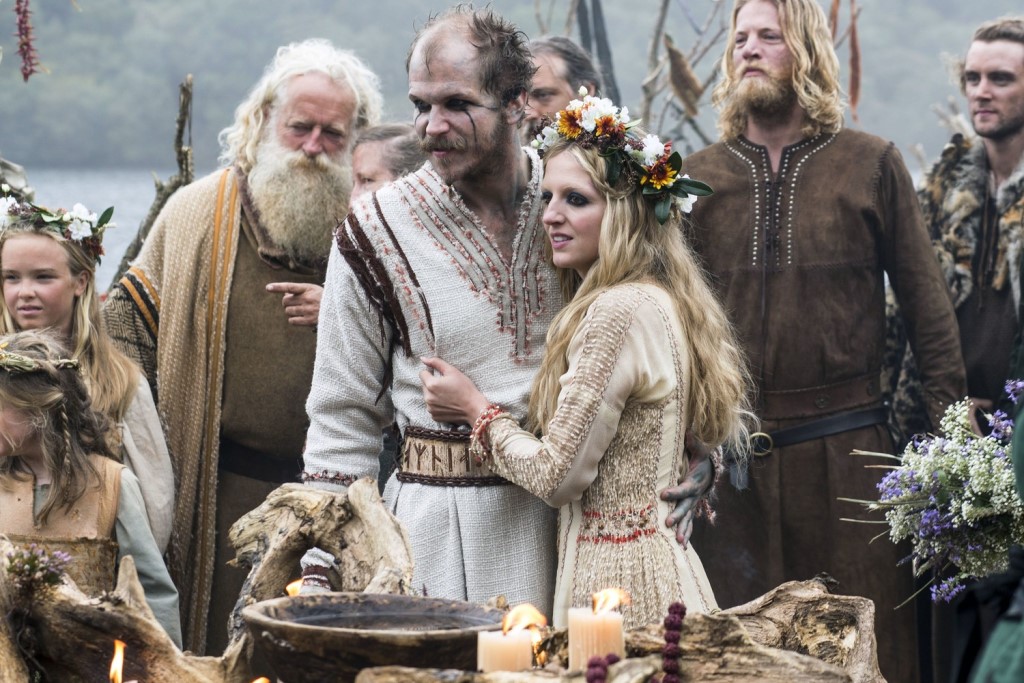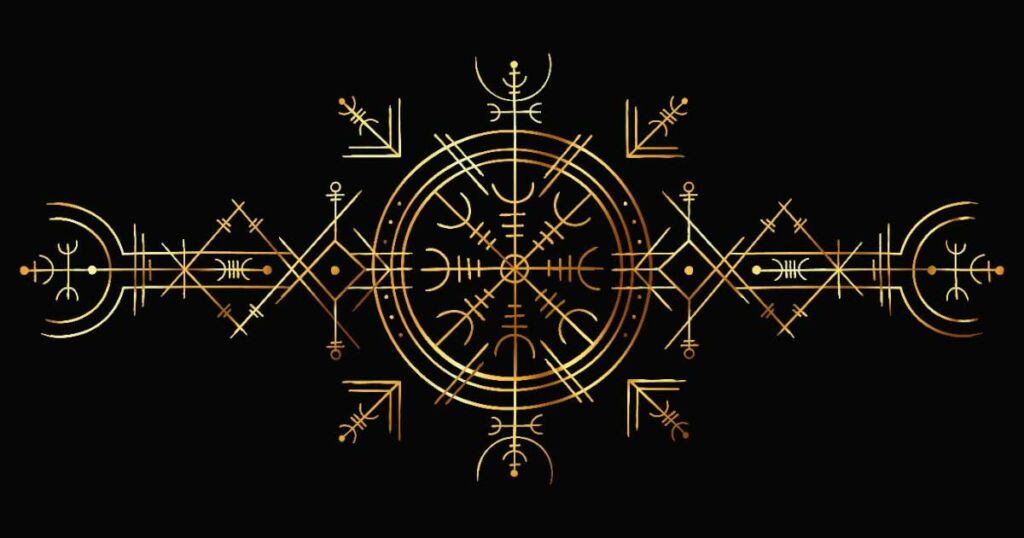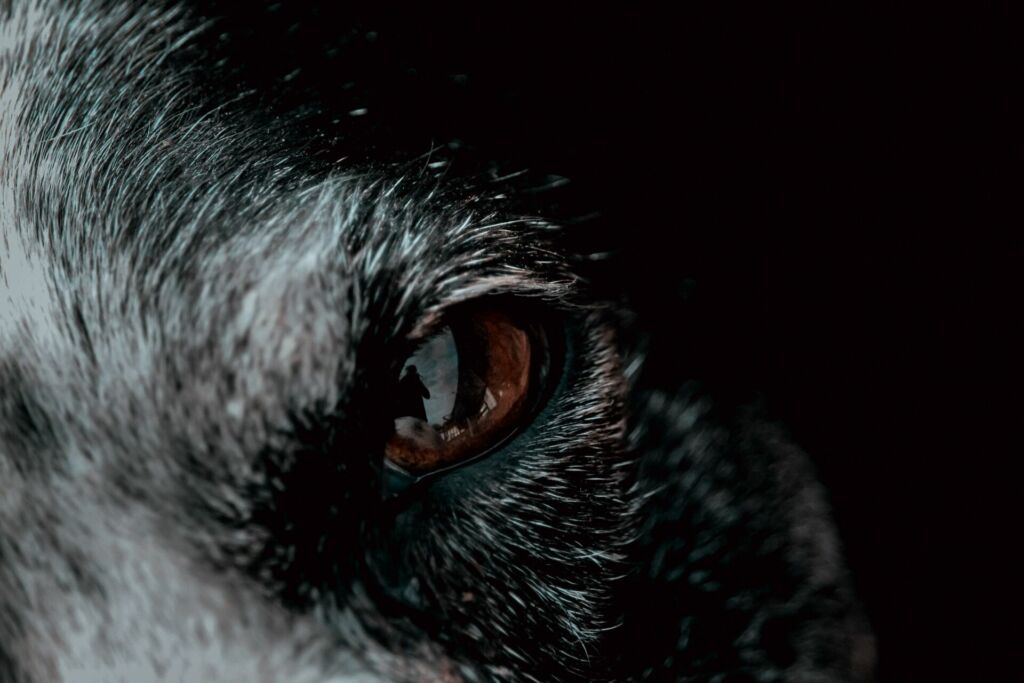The Power of Viking Flowers: Insights from Norse Mythology
Flowers are often associated with beauty, fragility, and love, but in Viking culture, they held a deeper significance. Norse mythology is filled with references to flowers, from the goddess Freya, who was often depicted with a wreath of flowers, to the powerful legend of the Viking Flower, which symbolized the strength and resilience of the Viking people. In this article, we will explore the importance of flowers in Viking culture and the role they played in Norse mythology.
The Importance of Flowers in Viking Culture
The Vikings were a seafaring people who lived in Scandinavia from the 8th to the 11th century. They were known for their fierce warriors and their pagan religion, which honored a pantheon of gods and goddesses. Flowers played an important role in Viking culture, both in their daily lives and in their religious practices. Vikings used flowers to decorate their homes, clothing, and weapons. They also used them in their healing practices and believed that certain flowers had the power to heal the body and the mind.
While there is no definitive answer to which flowers were the most popular among the Vikings, some historical and archaeological evidence suggests that flowers such as daisies, cornflowers, and meadowsweet were commonly used for decorative and medicinal purposes. Daisies, for instance, were often woven into wreaths and used to adorn Viking women’s hair, while cornflowers were used to make blue dye for textiles. Meadowsweet, on the other hand, was used to treat ailments such as fevers and digestive problems. However, it’s important to note that the Vikings had a deep reverence for nature and likely appreciated the beauty and usefulness of many different types of flowers.
The Role of Flowers in Norse Mythology
In Norse mythology, flowers were often associated with the goddesses. Freya, the goddess of love, fertility, and war, was often depicted wearing a wreath of flowers, which represented her connection to nature and her power over life and death. Idun, the goddess of youth, was the keeper of the golden apples of immortality, which were said to be harvested from her orchard of enchanted flowers. The flowers in her green garden were said to bloom perpetually, representing the eternal youth and beauty of the gods.
The Legend of the Viking Flower
One of the most powerful legends in Viking mythology is the story of the Viking Flower. According to the legend, the Viking people were facing a great famine and had no food to eat. In their desperation, they prayed to the gods for help. Odin, the god of wisdom and war, heard their prayers and sent a single flower, which bloomed in the midst of the barren wasteland. The flower was said to be imbued with Odin’s power, and it gave the Viking people the strength and resilience they needed to survive the famine. From that day forward, the Viking Flower became a symbol of the strength and endurance of the Viking people.
From Valhalla to the Garden: The Importance of Flowers in Viking Culture
The Vikings believed in an afterlife that was divided into two realms: Valhalla, the hall of the slain, and Helheim, the realm of the dead. In Valhalla, warriors who died in battle were welcomed by the gods and were said to spend their days fighting and feasting. In Helheim, the dead lived a more subdued existence, and the flowers that grew there were said to be black and withered.
Despite this association with death, flowers were still important in Viking funerary practices. Flowers were used to decorate the graves of the dead, and they were often buried with the deceased as a symbol of the cycle of life and death.
Viking Flower Tattoo
Viking flower tattoos are a popular design among those who are drawn to Norse mythology and Viking culture. These tattoos often feature flowers such as the lily or the rose, which are combined with Viking symbols such as the Valknut or the Hammer of Thor. The tattoos are often worn as a symbol of strength, resilience, and connection to nature.
About Viking Tree of Life
The Viking Tree of Life, also known as Yggdrasil, was a sacred symbol in Norse mythology. It was said to be an immense tree that connected the nine realms of the universe, including Asgard, the realm of the gods, and Midgard, the realm of humans. The tree was believed to be the center of the universe and was said to be protected by the dragon Nidhogg, who gnawed at its roots. The branches of the tree were said to reach to the heavens, and its leaves and flowers were said to nourish the gods.
The Viking Tree of Life is often depicted in Viking art and is a popular tattoo design. It is a symbol of the interconnectedness of all things and the cyclical nature of life and death.
FAQ about Viking Flowers
For a comprehensive grasp of the article’s topic, it would be helpful to peruse the frequently asked questions about the Viking theme:
Where did the Vikings live?
The Vikings lived in Scandinavia, which includes modern-day Norway, Sweden, and Denmark. They also traveled extensively, raiding and trading throughout Europe, the Middle East, and even North America.
Who is the most famous Viking?
There are many famous Vikings, but one of the most well-known is Ragnar Lothbrok, a legendary Viking warrior who is said to have raided and conquered much of England and France in the 9th century.
What is the Viking religion called?
The Viking religion is often referred to as Norse mythology. It was a polytheistic religion that honored a pantheon of gods and goddesses, including Odin, Thor, and Freya.
What ended the Viking Age?
The Viking Age is generally considered to have ended with the Norman Conquest of England in 1066. This marked the beginning of the end of Viking raids and the spread of Christianity throughout Scandinavia.
In conclusion, flowers held a significant place in Viking culture and mythology. From their use in everyday life to their powerful symbolism in religious beliefs and legends, flowers played an important role in the lives of the Viking people. Today, Viking flower tattoos and designs continue to be a popular way to honor this rich cultural heritage and the enduring strength and resilience of the Viking people.



